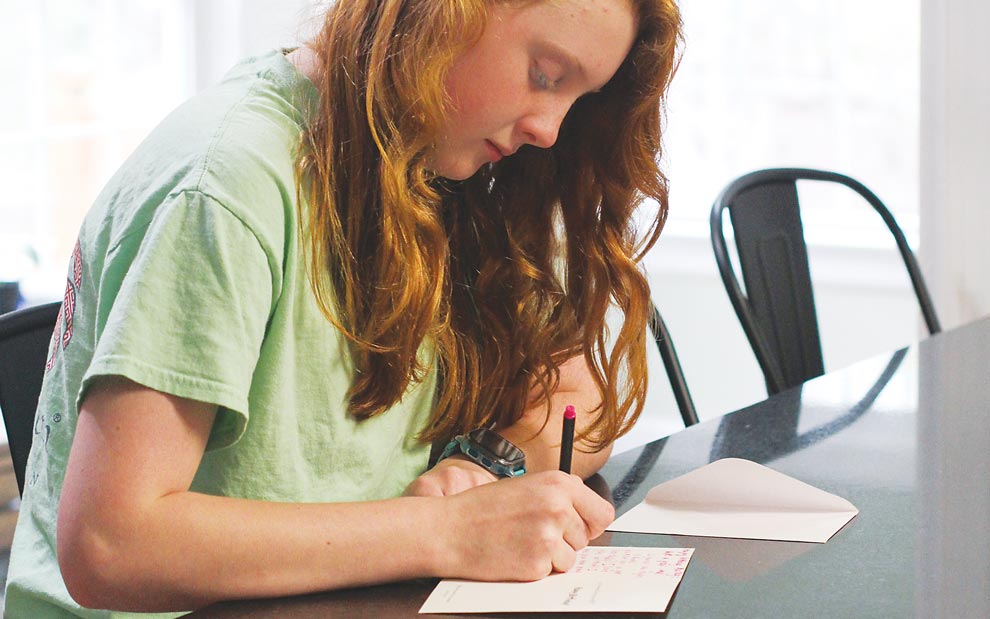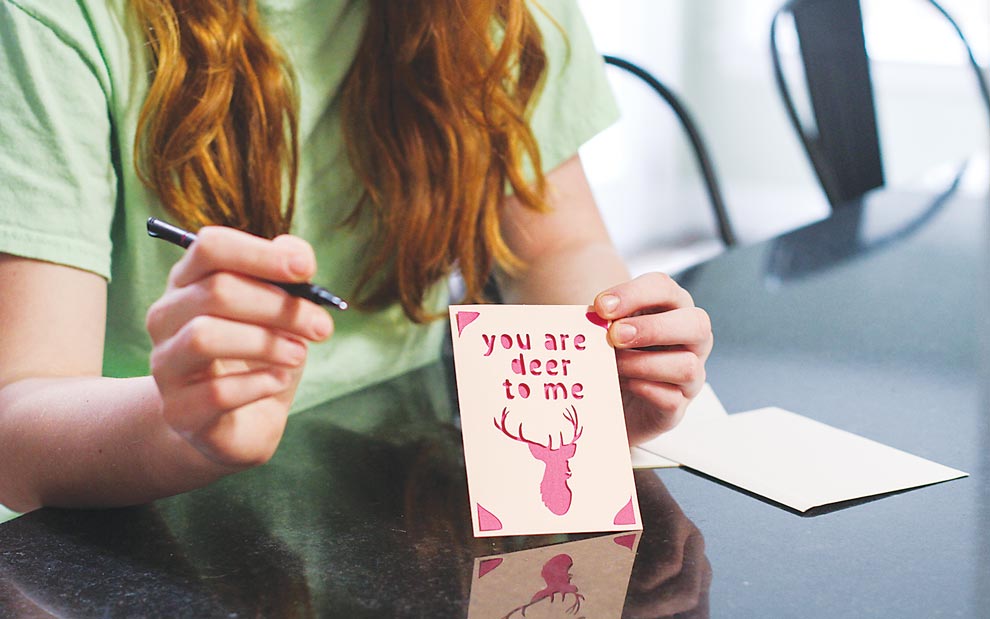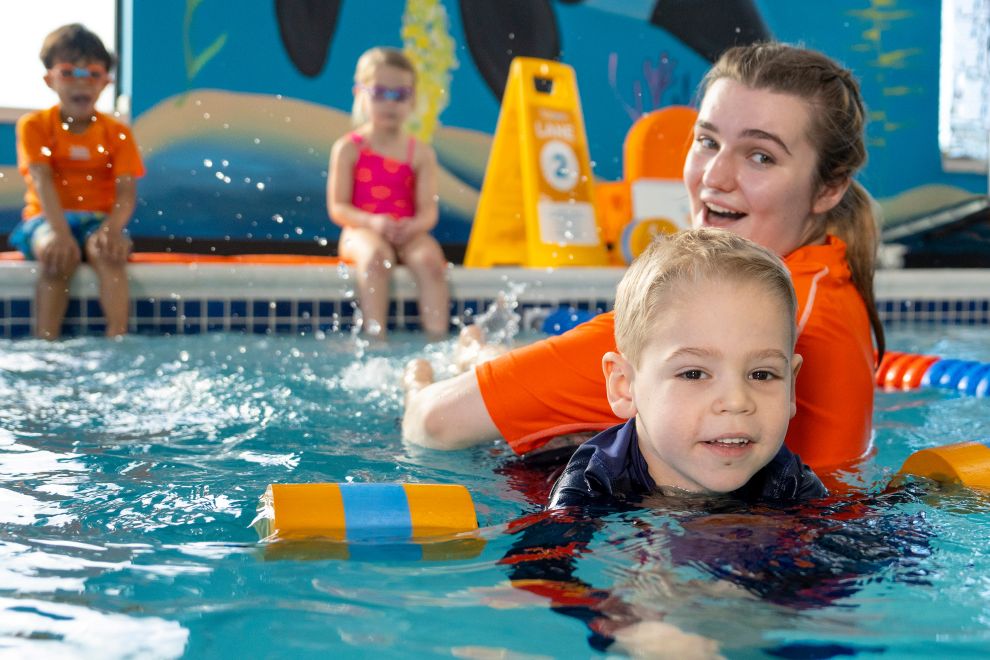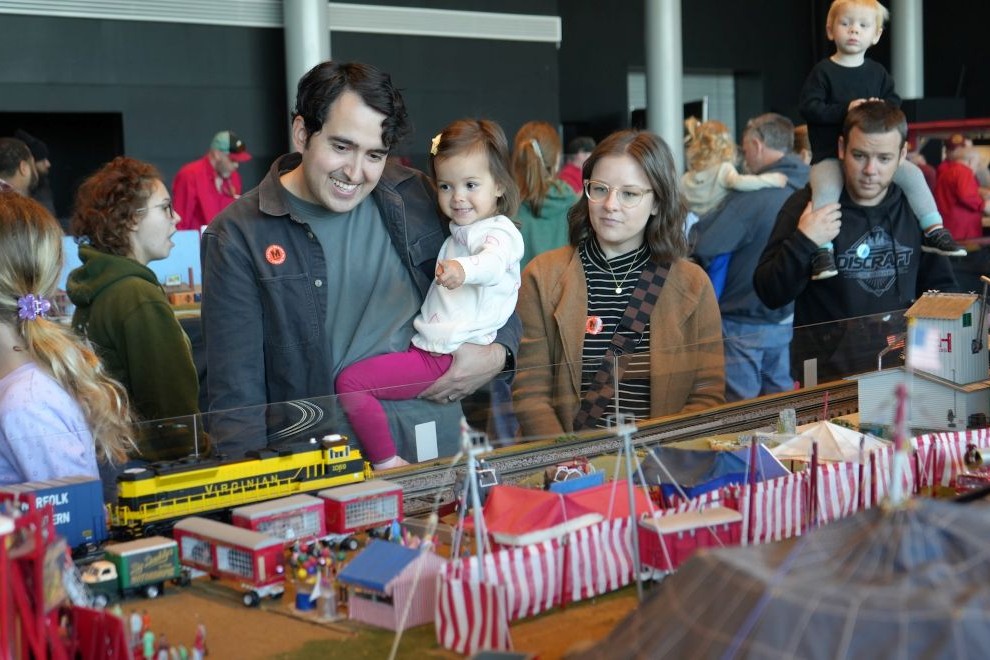A wise and lovable loser with whom I spent many childhood Sunday afternoons once said, “The inside of a mailbox should always be kept clean in case you get a love letter.” A recent ant infestation of our mailbox left me sharing the same sentiment as my old friend from the comics, Charlie Brown. When I saw the ants, I knew we needed to act quickly for the sake of our mail carrier and the hands of our mail-gathering kids. We may get more bills and junk mail than love letters these days, but we weren’t about to let ants come between us and our beloved mail.
Even more importantly, we didn’t want anything hindering the pickup of our outgoing letters and cards. With the rise of electronic messaging, combined with the cost of postage, there is a lot working against the mail service. Then there’s the fact that compelling today’s tech-fluent kids to write on an actual piece of paper is the equivalent of asking them to speak an entirely new language.
The bottom line is this style of correspondence has become an endangered species of sorts, and I’m determined to save it from extinction in our family. The summer months are full of opportunities to begin these conservation efforts. Here are some strategies for helping your kids want to correspond through the mail:

Make it convenient.
In the foyer of my house, there’s a small antique roll-top desk. There are markings on it that not only give it quirky character, but also display evidence of four generations of doodlers and writers. These days, this special piece of furniture serves as our family’s mail station. It stores stamps, a variety of envelopes, a printout of my address spreadsheet, pens, return address labels, and rubber ink stamps, as well as a comprehensive collection of cards.
My favorite place to stock up on cards for all occasions is the Dollar Tree, where it’s hard to beat two for a buck. But I also like to recycle cards we’ve received! My aunt makes and sends incredible cards. So, after crossing the state line to our mailbox and being displayed for a bit, these treasures are tucked into the categorized box of cards to await their second life. All it takes is a piece of cardstock taped or glued over the original inside message, and voila! – it’s the piece of art that keeps on giving.
In the same way, the kids can get creative in the greetings they send. When supplies are kept on hand, the greater the chances are of original cards and letters making it to the mailbox. I’ve discovered that cutting a sheet of 8.5 x 11-inch cardstock in half and then folding it, makes a perfect notecard that fits nicely in most standard envelopes. The Cricut is another fun way for kids to use their design skills.
Along with a printout of addresses, keep a calendar with birthdays and holidays nearby to make card-sending easier for kids. Don’t forget those creative national days! My kids like to leave a card and a treat for our mail carrier on National Thank a Mail Carrier Day on February 4.

Make it educational and fun.
When kids take the time to write and send mail, there are many opportunities to learn. Patience is one of the most important lessons! These days, there is a lot of waiting between sending and receiving a reply. Writing thank you notes and sending notes of sympathy or a get well greeting will also help kids develop empathy and express emotions.
Jane Austen was a huge fan of letter writing. On January 3, 1801, Jane wrote the following to her sister Cassandra: “I have now attained the true art of letter-writing, which we are always told, is to express on paper what one would say to the same person by word of mouth.”
When distance and other limitations prevent the use of oral communication, the written word is not only beneficial for the receiver but also for the sender. Pen pal relationships are a great example of this. I still remember the thrill of receiving mail from my first pen pal, a girl I met at camp in middle school. My kids’ pen pal friendships have been created informally during camping trips and by way of more structured resources, such as safe, vetted programs in children’s magazines, like Clubhouse.
Summer break is an ideal time for honing the craft of pen pal letter writing. Before school lets out, your child could even choose a classmate to keep in touch with. Cousins are great pen pals, too, whether they live down the street or in another country. Some of my kids’ cousins live in Europe, so I like to keep a stash of Global Forever international stamps on hand.
I’ve found that traveling and camping offer unique times to encourage card and letter writing. Kids are removed from their normal distractions and surrounded by new experiences to write about. Plus, it’s super fun to pick out a postcard to send!
Make it memorable and meaningful.
I’ve heard stories from my parents and grandparents about letters sent back and forth during courtship – letters that are kept in a box for past moments to be relived, as well as for future generations to appreciate. I still have the notes my husband and I wrote to each other before getting married, the cards that my kids have made for me over the years, and notes of encouragement that were mailed to me during some difficult times.
I don’t know of a single person who
doesn’t like to receive a hand-written, heart-felt piece of mail. This simple action can truly brighten someone’s day. A good goal to start this summer, and carry throughout the year, is to mail a card to someone every month. Ask your kids to choose a family member – such as a grandparent, aunt, or uncle – to write to each month and start a card-of-the-month club. For those kids who split their time between two homes, the practice of writing the other parent or members of the blended family when they’re away can also be very beneficial.
When letters are exchanged, we are not only expressing how much we care for the recipient, we are creating time capsules that can provide nostalgic enjoyment and knowledge about relationships years from now.
Let’s follow the wise words of Charlie Brown and keep our mailboxes ready for giving and receiving! And together, we can save the endangered snail mail.





